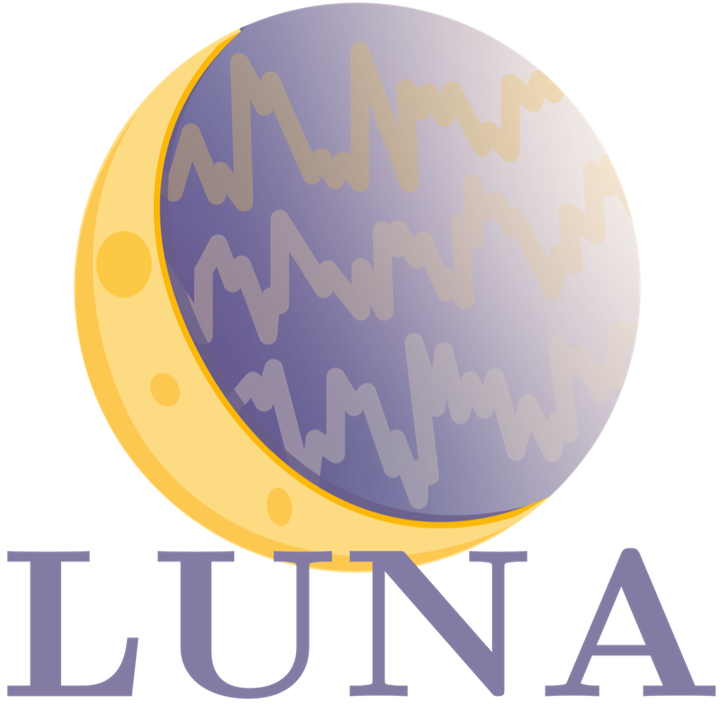LUNA: Efficient and Topology-Agnostic Foundation Model for EEG Signal Analysis
 LUNA Foundation Model
LUNA Foundation Model
Abstract
Electroencephalography (EEG) datasets use heterogeneous electrode layouts, which hampers the generalization of large-scale models. LUNA (Latent Unified Network Architecture) is a self-supervised foundation model that compresses multi-channel EEG into a topology-agnostic latent space, allowing patch-wise linear and cross-attention operations that decouple computation from electrode count. Trained on more than 21,000 hours of TUEG and Siena EEG using a masked reconstruction objective, LUNA transfers to tasks such as abnormality detection, artifact rejection, slowing classification, and emotion recognition, achieving state-of-the-art AUROC on TUAR and TUSL while reducing FLOPs by 300× and GPU memory consumption by 10×.
Type
Key Highlights
- Compresses multi-channel EEG into a topology-agnostic latent space that decouples computation from electrode count.
- Pre-trained on more than 21,000 hours of EEG data and transfers to abnormality detection, artifact rejection, slowing classification, and emotion recognition.
- Achieves 0.921 AUROC on TUAR while reducing FLOPs by 300× and GPU memory requirements by 10×.